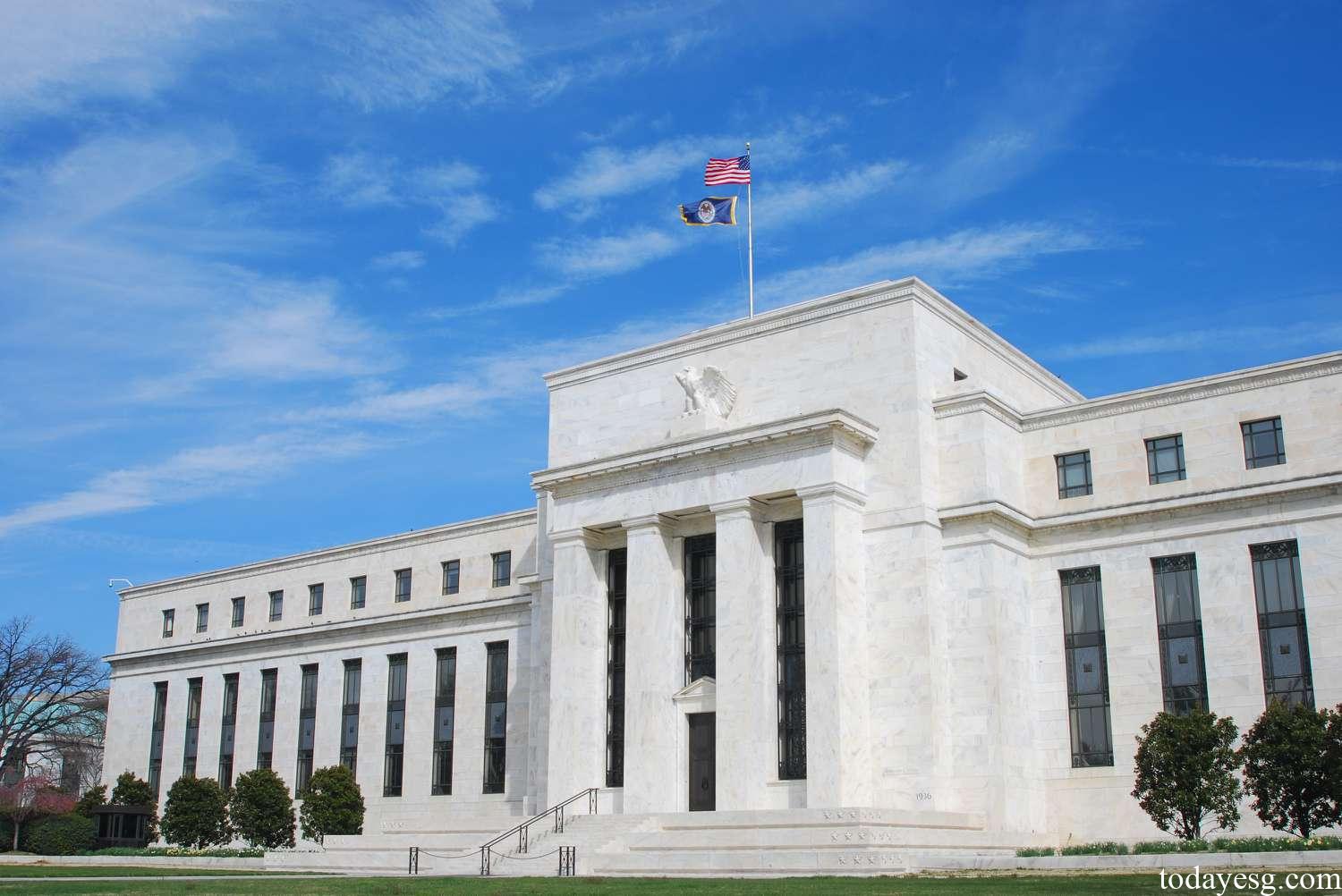Federal Reserve Releases New Framework
At the beginning of December, the Federal Reserve planned to develop a regulatory framework for the issue of climate risk exposure management of large banks. The proposed framework is applicable to banking institutions with total assets of more than US $100 billion, and includes six aspects – governance level, policies and restrictions, strategic planning, risk management, data management and reporting, and scenario analysis. The Federal Reserve believes that all financial institutions, regardless of their size, face climate risks, but the current regulatory framework is mainly applicable to large banks.
The regulatory framework proposed by the Federal Reserve is based on the risk management principles proposed by the Office of the Comptroller of the Currency (OCC) in December 2021 and the Federal Deposit Insurance Corporation (FDIC) in March 2022. The proposed framework was completed by the cooperation of the three regulators.
Financial institutions are likely to be affected by both the physical risks and transition risks associated with climate change (collectively, “climate-related financial risks”). Physical risks refer to the harm to people and property arising from acute, climate-related events, such as hurricanes, wildfires, floods, and heatwaves, and chronic shifts in climate, including higher average temperatures, changes in precipitation patterns, sea level rise, and ocean acidification.
Transition risks refer to stresses to certain institutions or sectors arising from the shifts in policy, consumer and business sentiment, or technologies associated with the changes that would be part of a transition to a lower carbon economy.
Fed, December 2022
References:








